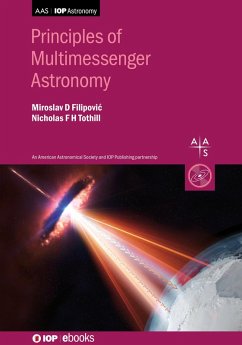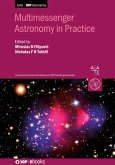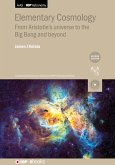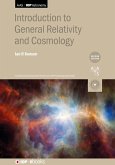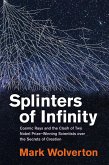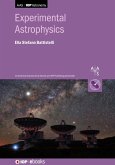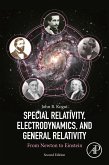Astronomy has traditionally relied on capturing photons from cosmic sources to be able to understand the Universe. During the 20th and 21st centuries, different messengers have been added to the astronomer's toolset: cosmic rays, neutrinos, and most recently gravitational waves. Each of these messengers opens a new window on the Universe, and a modern astronomer must be familiar with them.
As multimessenger astronomy becomes part of the mainstream, each messenger must be understood not only as its own astronomical domain, but as part of a whole endeavour. A broad understanding of these messengers and their relationship to each other is the main goal of this book. The unique physics of each messenger is introduced, as well as the physics of their detection and interpretation. An additional focus is the discussion of techniques and topics that are common to more than one messenger. Treatments of the historical background, the effect of the Earth's atmosphere, the transfer of radiation and measurement techniques are aimed at giving the reader a broad understanding of this new way of observing the cosmos. Principles of Multimessenger Astronomy is designed to be both an introduction and reference to modern astronomy.
As multimessenger astronomy becomes part of the mainstream, each messenger must be understood not only as its own astronomical domain, but as part of a whole endeavour. A broad understanding of these messengers and their relationship to each other is the main goal of this book. The unique physics of each messenger is introduced, as well as the physics of their detection and interpretation. An additional focus is the discussion of techniques and topics that are common to more than one messenger. Treatments of the historical background, the effect of the Earth's atmosphere, the transfer of radiation and measurement techniques are aimed at giving the reader a broad understanding of this new way of observing the cosmos. Principles of Multimessenger Astronomy is designed to be both an introduction and reference to modern astronomy.
Dieser Download kann aus rechtlichen Gründen nur mit Rechnungsadresse in A, D ausgeliefert werden.

